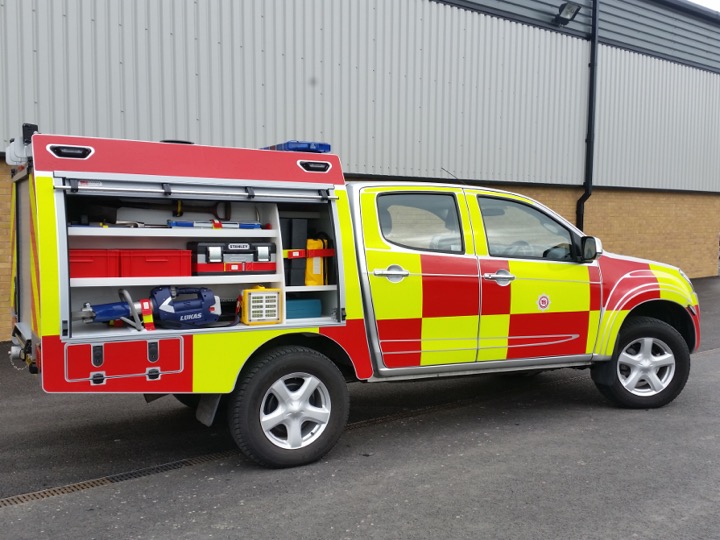Understanding the load carrying capacity of your fleet vehicles was traditionally a concern transport companies to ensure they did not exceed the Gross Vehicle Mass (GVM) and Gross Combination Mass (GCM) of a truck. However with the popularity of dual cab utes, Fleet Managers are using GVM upgrades to keep their fleet road legal and safe.
Working out the load your vehicles carry is a technical skill that takes some time and research to understand. Using the manufacturer’s specification sheet is a good place to start because it will tell you the GVM and the Tare weight so you can workout the load capacity.
This first step is often the first thing that confuses people because the manufacturer doesn’t allow for the weight of the driver, passengers and accessories. These all need to be added to the Tare weight. For example, a steel bulbar and tow bar can add 100 kilograms of weight which reduces your payload.
So once the people, accessories and everyday tools are added, the actual payload of vehicle might not be enough to carry the load to get the job done.
Blake Jones, Marketing and Commercial Manager at Tough Dog Suspension, explained that most fleets understand the challenges with carrying load and will get the GVM upgrade done before the ute is delivered.
“Our fleet customers in mining and government know the load carrying capacity of the vehicles they buy and they understand their requirements so they include the GVM upgrade as part of the new vehicle delivery process,” said Jones. “This makes it easier because the increased payload is included as part of the initial registration.”
“We find other businesses come to us after driving the vehicle for several months when they have noticed the poor ride quality and handling because they are carrying too much weight.”
GVM upgrades are different to the cosmetic lift kits favoured by 4X4 enthusiasts. They are engineered and tested to carry the extra weight and the solution varies depending on how much and how often the ute is loaded.
When looking for a supplier you should ask them about warranties, R&D and after sales service. The workshop doing the installation should be approved by the component supplier and trained to understand different terms (Tare, GVM, GCM) so they can provide the right advice and solution to your fleet.
To pick the right option, Fleet Managers need to start by talking to their drivers to understand how the light commercial vehicles are being used everyday and the amount of weight carried. Of course it will vary, however not understanding the amount of load in your vehicles is a big risk and could lead to significant penalties (financial and custodial).
Vehicle manufacturers sell vehicles designed to perform in the most common situations. While they are very capable straight off the production line, how they are used in your business may push the limits and overloading is a common mistake when organisations don’t take the time understand their weights and loads.






